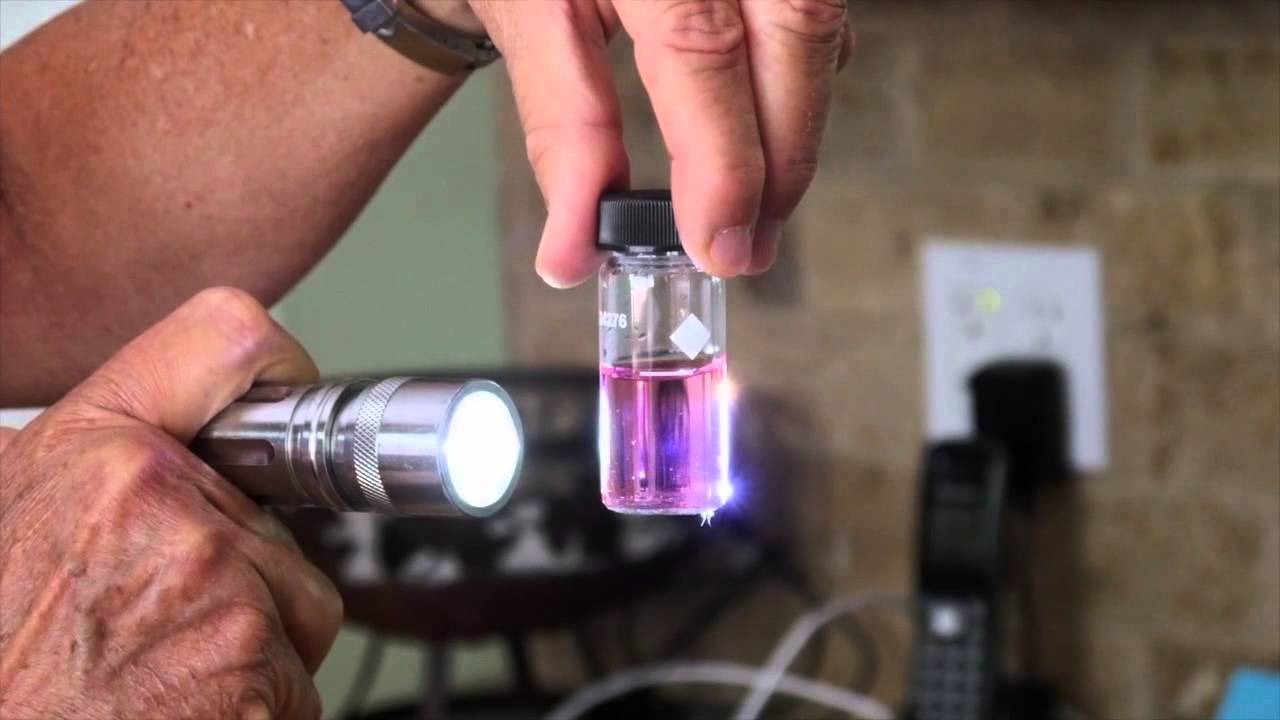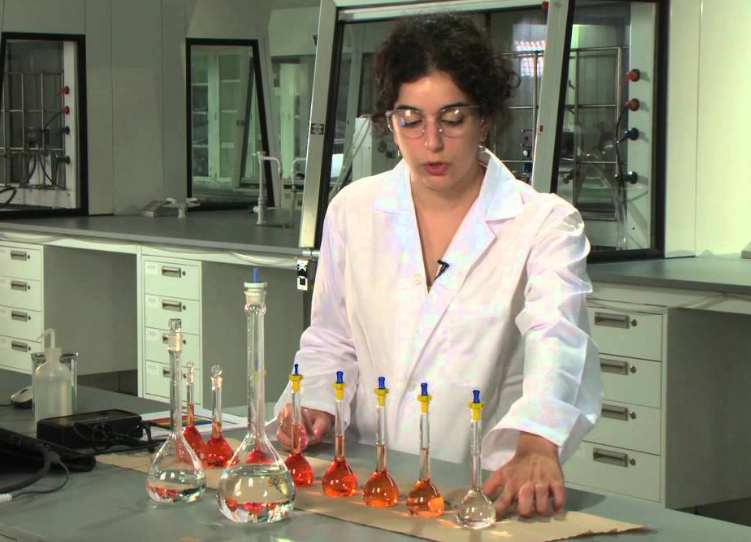At present, colorimetry is a method widely used in water quality detection, and it has high sensitivity. If the content of a certain substance in the water to be measured is very low, it can be detected by colorimetry after concentration, extraction, co-precipitation and other methods. Moreover, the selection of special reagents and colorimetric conditions can reduce the separation steps and accelerate the detection time of water samples. Therefore, for the detection of certain substances in water, the colorimetric method is an accurate, sensitive, simple and rapid method. But even so, there are still some factors that affect the colorimetric test results in daily life.

Factors affecting the color reaction of colorimetry
1. The influence of acidity in water samples
It is a very important condition to control the acidity of the sample when using the colorimetric method to detect water quality. For example, the barium complex acid colorimetric method requires partial acid during the reaction to determine the sulfate, so that the barium complex acid can precipitate to form barium ions and The chromite ion is dissolved, but a partial alkali is required when it is filtered, so that the excess barium complexate can be precipitated again.2. The influence of water sample temperature on color development
The temperature of the water sample has a decisive effect on some color reactions. For example, to measure manganese by ammonium persulfate oxidation method, the color must be boiled, but the boiling time must be controlled. If the heating time is too long, the temperature rises due to the concentration of the solution, causing the ammonium persulfate to quickly decompose and the solution to fade.




